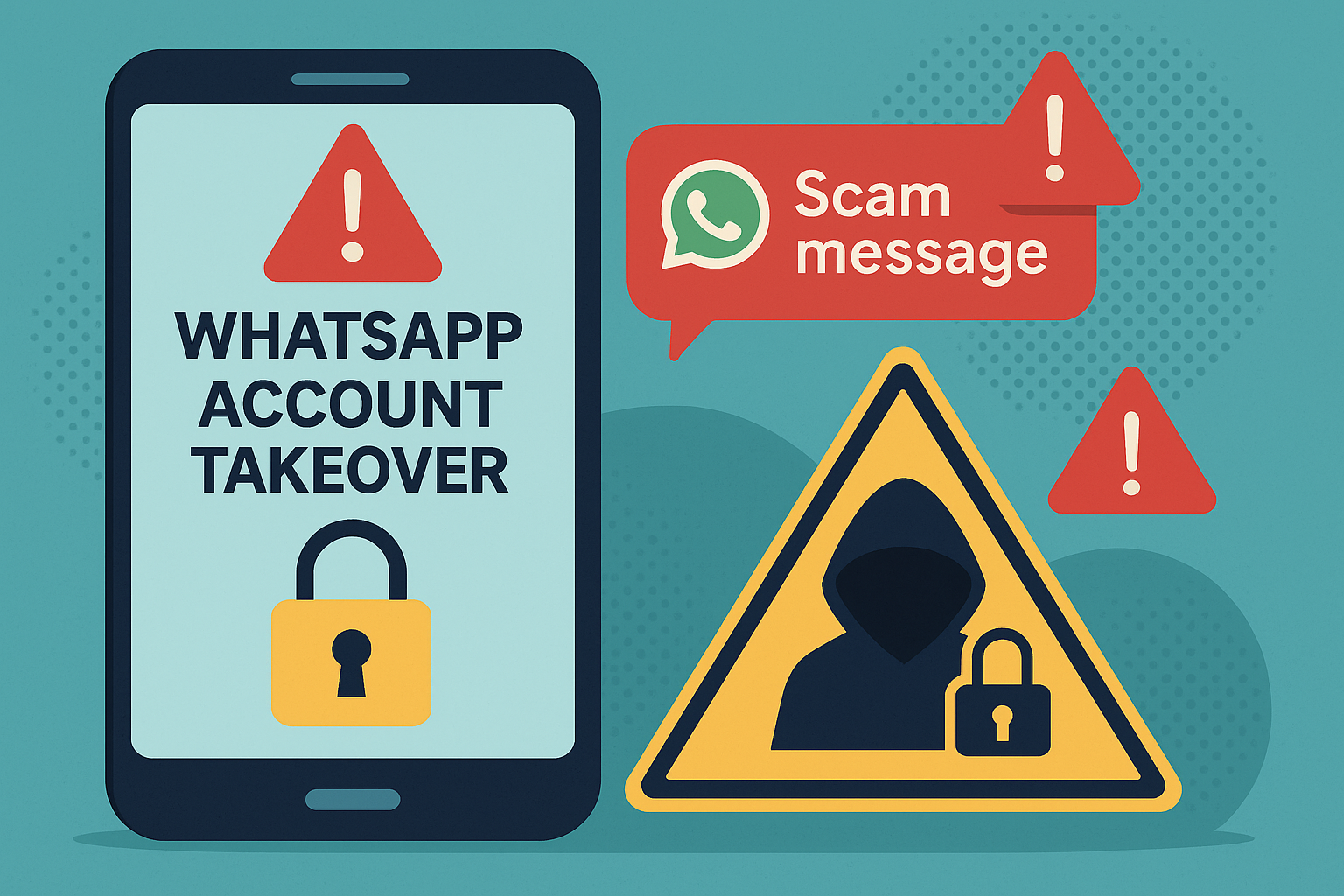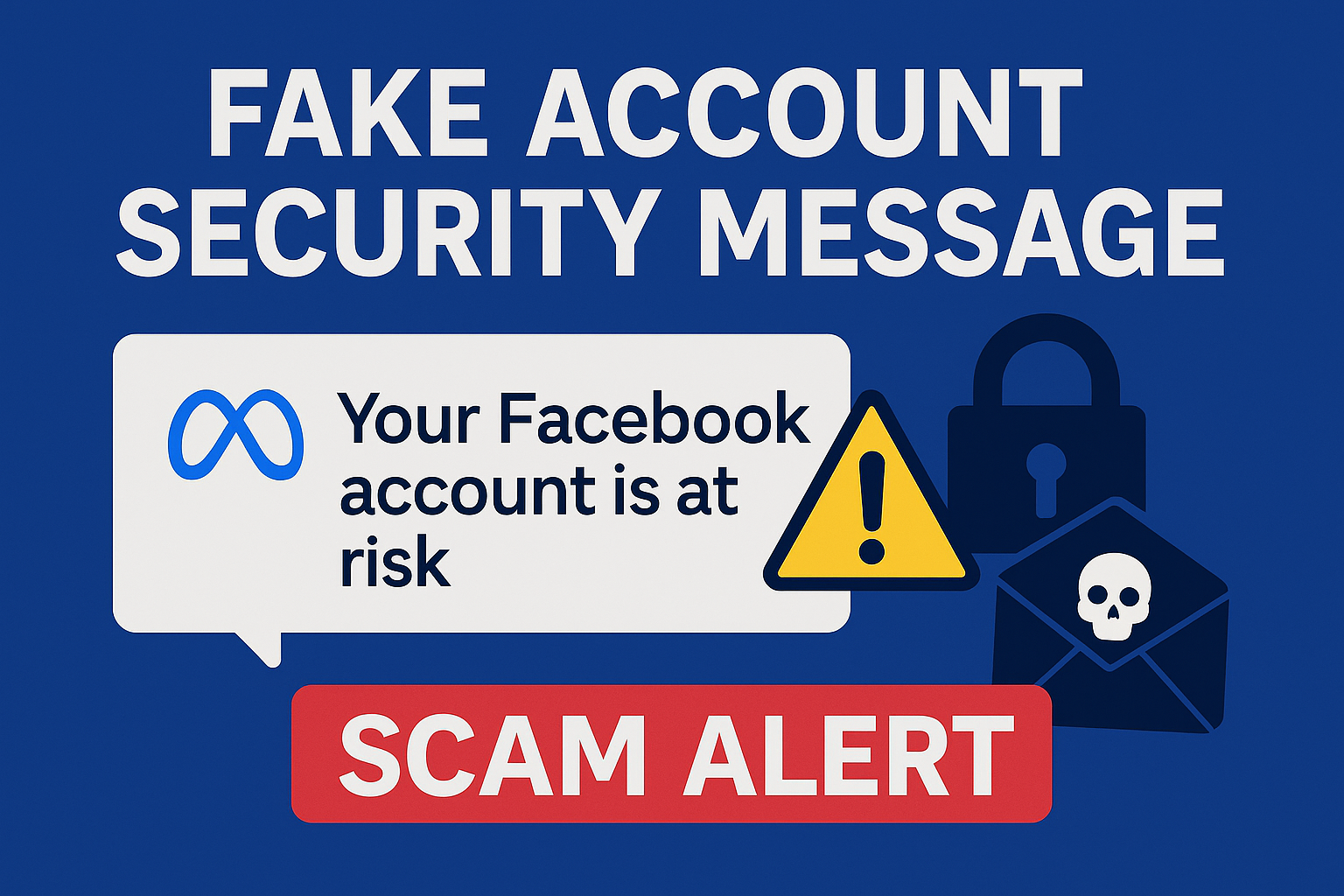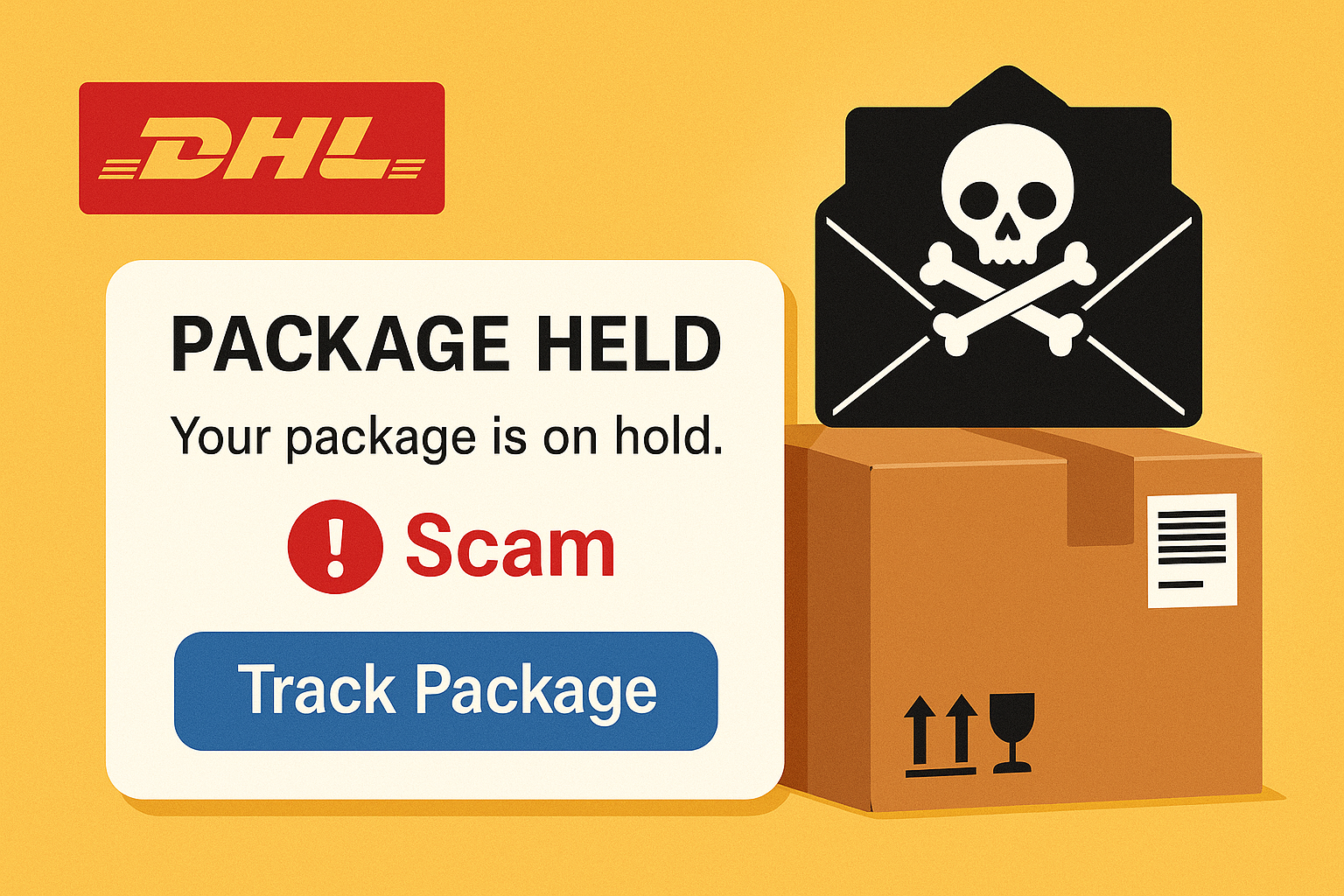How the Scam Starts
The Instagram Verification Code Scam is one of the simplest yet most damaging forms of social-engineering fraud on the platform. It begins with a message that appears harmless: someone — often pretending to be a friend, coworker, or even Instagram Support — asks you to share a verification code that “accidentally” got sent to your phone. In reality, the code was generated because the scammer attempted to log into your account using your email or phone number.
Instagram uses verification codes as the final gateway before allowing access to an account. Once scammers have that code, they can take over your entire profile in a matter of seconds. What makes this scam so successful is how ordinary the request seems. Scammers rely on the assumption that people will help a friend in need without questioning why a verification code would ever need to be forwarded.
The scam has become increasingly common due to the rise in influencer accounts, business pages, and accounts tied to digital storefronts. Access to an Instagram account can be exploited for money, reputation hijacking, and identity theft.
Why Scammers Want Your Verification Code
The verification code is the key to account recovery. When scammers enter your phone number or email into Instagram’s login screen, the platform responds with a six-digit verification code sent to the rightful owner. If you share this code, the scammer gains immediate access.
After gaining entry, scammers often change the password, remove recovery information, and enable two-factor authentication on their device. Once this happens, the victim is locked out. Recovering the account becomes significantly harder, and in some cases, impossible without intervention from Instagram.
The stolen account is then used to spread the scam through direct messages, request money from friends, promote fake crypto investments, or sell fraudulent products through Stories. Influencer accounts with high follower counts are especially valuable, but scammers target everyday users just as aggressively.
The Psychology Behind the Scam
This scam works because it exploits trust and urgency. Messages often come from compromised accounts, meaning the scammer is using a real friend’s profile. Victims naturally assume the message is genuine.
A typical message might look like:
“Hey, I accidentally sent my Instagram login code to your number. Can you send it back?”
The simplicity of the request disarms the victim. Verification codes feel mundane and technical, not sensitive. Most people do not realize that sharing them gives someone full control of their account.
Some scammers escalate with urgency or emotional manipulation. They may claim they are locked out, panicking, or need help recovering their business page. Emotions override caution, making victims respond faster and think less critically.
What Happens After the Scam
Once inside the victim’s account, scammers move quickly. They may read private messages, save personal photos, and search for financial details. Most commonly, they begin messaging the victim’s contacts with appeals for urgent cash transfers or investment opportunities.
Some scammers pose as the victim and ask friends to send money through e-transfer, gift cards, PayPal, or cryptocurrency. Others attempt to break into more accounts connected to the victim’s phone number, including WhatsApp, Gmail, or Facebook.
The hijacked account is also used to target more victims through Instagram Stories, fake giveaways, or posts claiming the victim “made money fast” and urging followers to join a fraudulent investment opportunity.
In extreme cases, compromised accounts are sold on underground forums, especially those belonging to influencers or business owners.
Warning Signs to Watch For
There are several common indicators of the Instagram Verification Code Scam. Any request for a verification code should immediately raise suspicion, regardless of who sent it. Instagram and Meta staff will never ask for verification codes through direct messages, emails, or comments.
Receiving a verification code you did not request is a major red flag. This signals that someone is actively trying to log into your account.
Another warning sign is a sudden message from a friend that feels out of character. Messages that include urgency, vague explanations, or pressure to respond quickly should be treated with caution. Many victims of the scam report receiving messages that seemed slightly off but did not feel dangerous.
Finally, links claiming to “verify your account,” “recover your profile,” or “confirm your identity” should be treated with skepticism. These links often lead to phishing pages that mimic Instagram’s login screen.
How to Protect Yourself
The most effective protection against this scam is enabling two-factor authentication (2FA) using an authentication app rather than SMS. Authentication apps generate codes locally on your device, making them far harder to intercept or misuse.
Never share verification codes with anyone, under any circumstances. These codes are private and intended solely for logging into your account.
If a friend sends a suspicious message, verify their identity through a call or voice note. A scammer will avoid real-time communication because they cannot mimic the victim’s voice.
Educating your contacts can also minimize your risk. Once scammers gain control of an account, they often attempt to spread the scam through direct messages. A well-informed circle drastically reduces the scammer’s potential reach.
What to Do If Your Account Was Taken Over
If you lose access to your Instagram account, act immediately. Begin by requesting a login link from Instagram. If you can still access your email or phone number, you may be able to reset your password before the scammer changes the recovery options.
If the scammer has already altered your recovery information, use Instagram’s “My account was hacked” recovery flow, which may require uploading a selfie or confirming personal details. This process can take time, but it is often the only way to regain control.
Once you regain your account, enable two-factor authentication, review your login history, and remove any unknown devices. Notify your contacts to ignore any suspicious messages that may have come from your profile while it was compromised.
If the scammer used your account for financial fraud, report the incident to your local fraud authority and document any losses.




